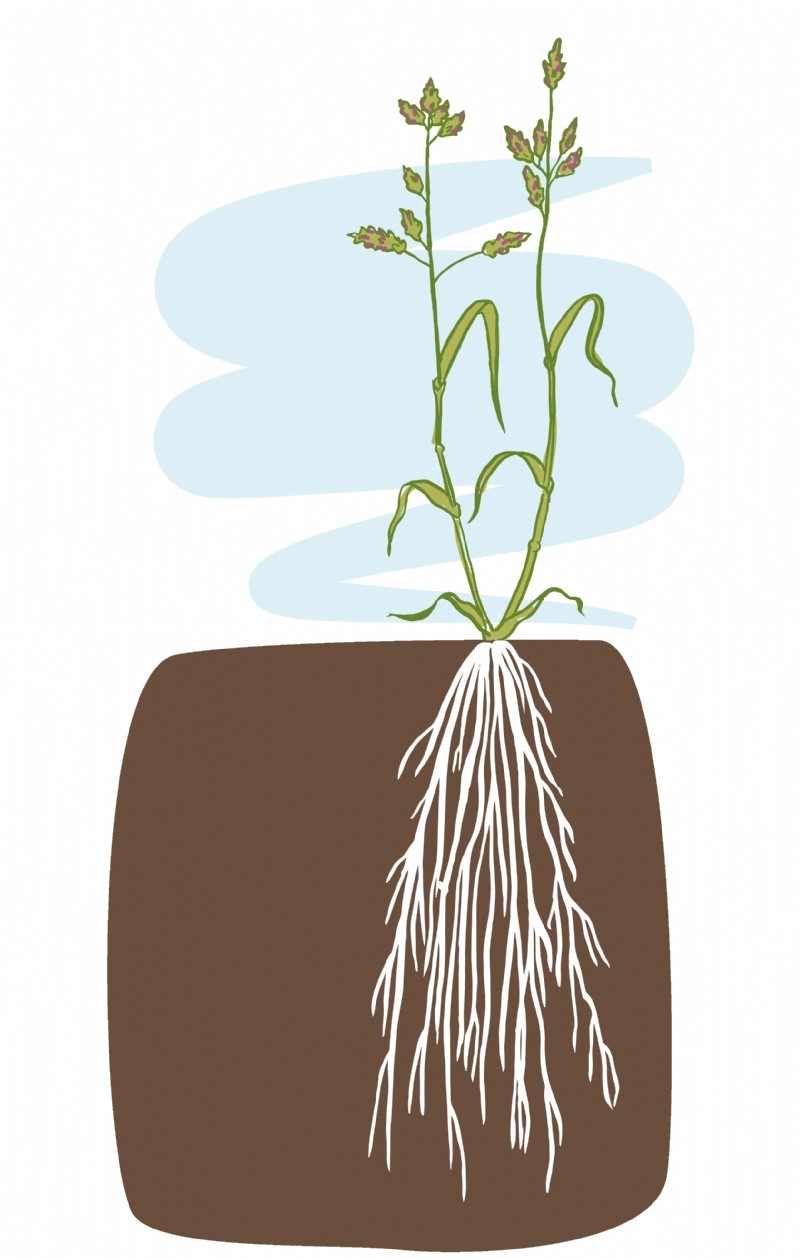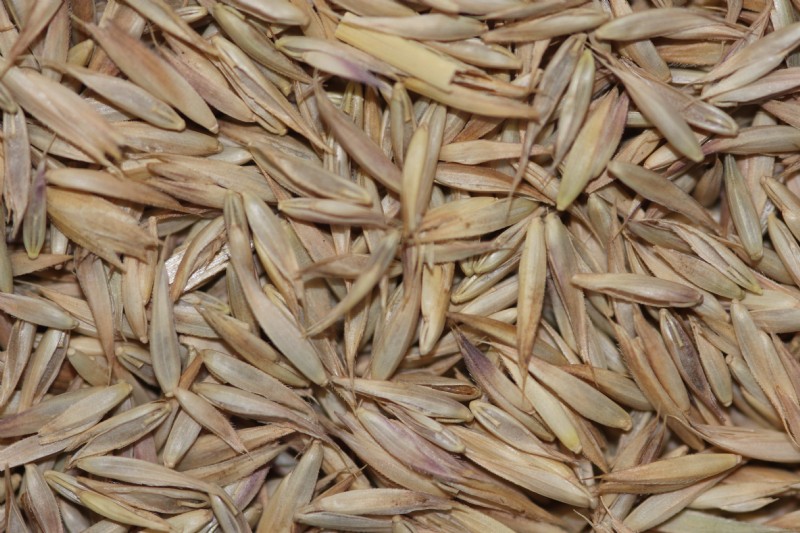Cocksfoot
A densely tufted, bluish green species, it can grow up to 1 metre in height and can create tussocks. The dense one sided panicle is said to resemble the shape of a cocks foot.
Uses
Grazing and Hay
Persistence
Cocksfoot is very persistent perennial and is suitable for between 2-10 years.
Strengths
It grows early in the spring and has a comprehensive root structure travelling to depth and therefore thrives on light, free-draining soil. It is equally at home on soils prone to flooding. Cocksfoot harbours insects and is a good choice for this reason alone. It is palatable but should be grazed or cut frequently to remain vegetative and leafy.
Frost Tolerance
Cocksfoot is extremely tolerant to frost.
Yield
Cocksfoot will produce 13t/DM per ha as a pure stand.
Sowing Rate Advice
8kg per acre - 20kg per ha
Cocksfoot seed is small and should be sown to a depth of 1cm. The soil should be rolled after sowing to increase soil moisture contact with the seed.
Mixture Sowing Rate Advice
2 kgs per acre or more.
It is included at a robust rate in a mixture to ensure the plants are not given too much space in the sward, this encourages the plants to remain leafy and reduces the chance that it becomes tussocky and coarse.
Ideal Sowing Time
In common with other grasses, cocksfoot should be sown between March - early May or in the autumn between August and September.
Management
Cocksfoot will need topping or frequent grazing to keep it vegetative and leafy, if left it can become coarse and develop into tussocks. There are generally few pest and disease problems with cocksfoot, although rust can creep in towards the end of the autumn.
Distinguishing characteristics
Seed
This is a light seed, which is narrow and thin in shape. It has a smooth and papery texture and an overall beige to pale yellow colour. It is 4mm in length.
Flowering Plant
The plant is dark bluish to green in colour, with long flat leaves (2-14mm wide) that narrow to a point. Each leaf has a prominent keel.
The white ligules can be long (2-10mm long) with finely toothed, torn edges.
The leaf sheaths are strongly compressed often described as 'folded'
The panicle is a dense one sided mass of spikelets, bluish purple in colour early in the season.
Cocksfoot is 15-140cm tall.
Additional Info
Flowers from May - September. Average seeds per kg - 1,000,000. Known in the USA as Orchard Grass.
Works well with
When grown with red clover it is very good at suppressing weeds. It also works well as a drought tolerant species in grazing or cutting mixtures.You can find Cocksfoot in the following mixtures
- ‘LAMINS’ Drought Resistant Four Year Grazing Ley Dry, Light Land
- ‘LAMINS’ Drought Resistant Four Year Grazing Ley 70% ORGANIC
- 'HERBAL' Grazing Ley - Four Year Drought Resistant Ley
- ‘HERBAL’ Grazing Four Year Ley 70% ORGANIC
- Simple Herbal Ley - Four year Grazing & Cutting Ley
- Simple Herbal Ley - 4 Year Grazing & Cutting Ley 70% ORGANIC
- Light Land Beef/Sheep - Long Term Ley
- ‘CHOLDERTON’ Mix Four Year Plus Grazing/Cutting Ley
- ‘CHOLDERTON’ Mix Four Year Plus Grazing/Cutting Ley 70% ORGANIC
- Drought Tolerant Over-Seeding Mixture 4-5 Year
- Drought Tolerant Over-Seeding Mixture 4-5 Year - 70% Organic
- Beetle Bank & Tussocky Grass Margin (AHL3 & AHL4)
- Beetle Bank Tussocky Grass Margin 70% ORGANIC
- Buffer Strip Grass Margin (CAHL3, AHL3, CAHL4 & AHL4)
- Buffer Strip Grass Margin Mix 70% ORGANIC
- Humus Builder Soil Structure Improver Two-Four Year Mixture
- Humus Builder 2-4 Yr 70% ORGANIC
- SFI Stockless Arable Fertility Building Ley (SAM3)
- Heavy Land Legume & Herb Rich Sward (GS4/SAM3/CSAM3)
- Light Land Legume & Herb Rich Sward (GS4/SAM3/CSAM3)
History
Agricultural strains of this species have been the focus of breeding over they years, to produce higher yields and softer more leafy plants.







